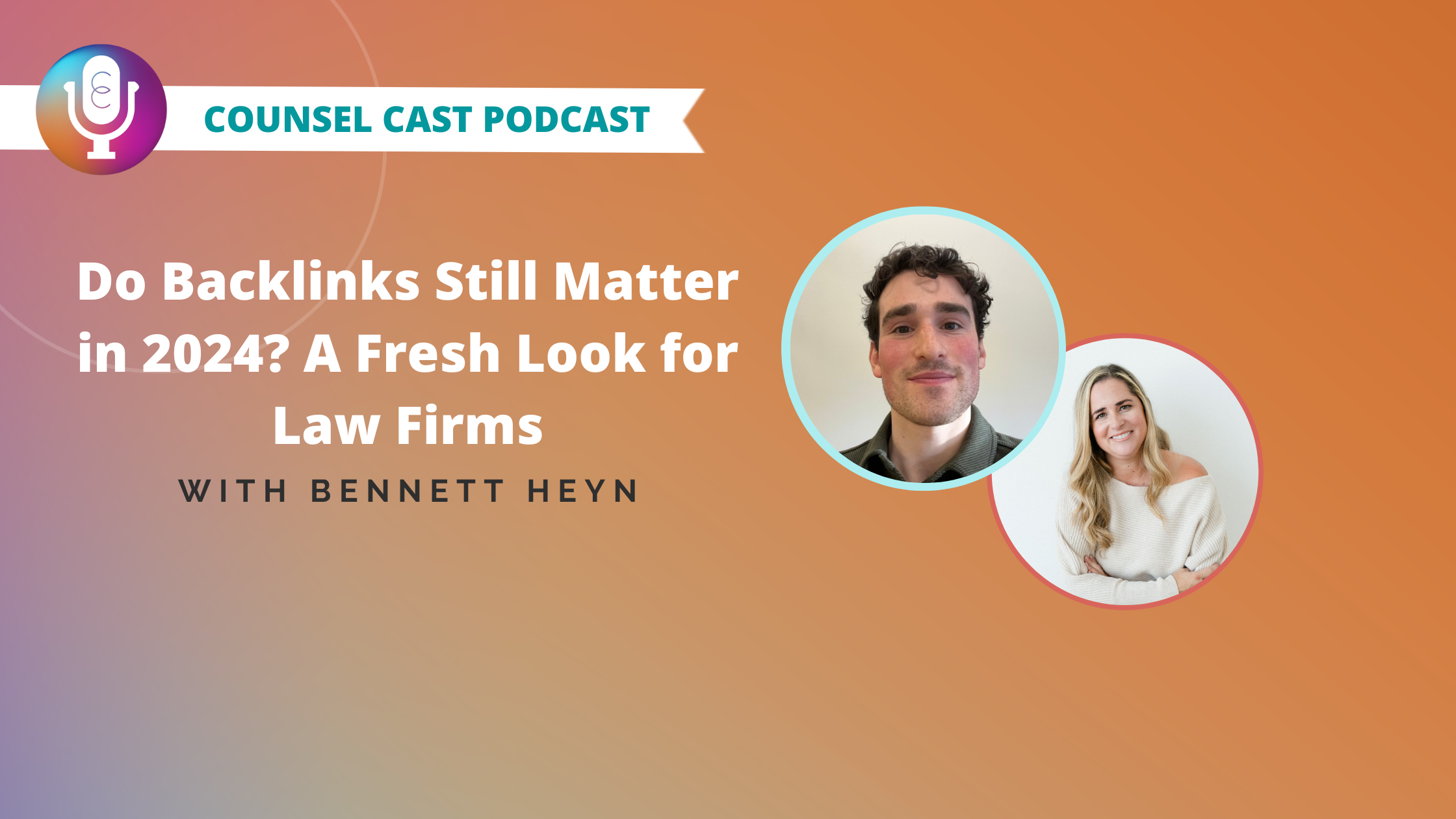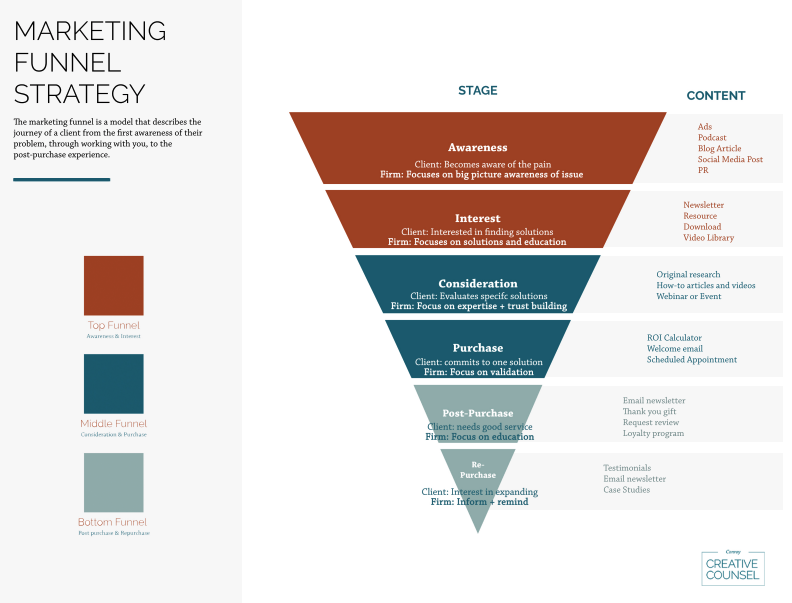Has the sidebar gone the way of the Dodo bird? When the Internet first gained popularity in the 1990s, the website sidebar was an excellent way to capture readers’ attention, gather email addresses, and point them to a CTA. However, as websites and tastes have evolved, the sidebar is becoming more and more obsolete.
Should You Remove Your Website’s Sidebar?
Minimalism
The current trend towards minimalism means websites are becoming increasingly pared down. Users are demanding a more streamlined experience. To improve UX, designers are removing clutter.
The sidebar falls into the clutter category. Ask yourself, “Is there anything on my site’s sidebar that cannot be achieved in another way?” Is the information in the sidebar repeated on the top navigation? Or could you put the information in another spot?
The question when it comes to sidebars is not if they should be removed from every website. The most important question is, “Does this feature add value?”.
Effectiveness
If you steadfastly want to hold on to your sidebar, examine its effectiveness. Is it driving conversions, email signups, or other growth for your business? Is it user-friendly? Is your sidebar adding to your website instead of detracting?
The reality is that it might be negatively impacting your website and traffic. If your sidebar currently has a CTA, you may get better results by inserting the call to action in the text of your page instead.
Of course, different websites have different purposes. E-commerce sites commonly use sidebars to categorize products. Google’s sidebar uses widgets that are helpful and used across its different platforms. For these sites, sidebars help users navigate their content in a straightforward way.
However, your law firm’s website probably does not need a sidebar. If your aim is to inspire potential client’s to call your firm for services, they are neither buying a product online or using a web-based service, as in the case of e-commerce sites and Google.
Your CTA is straightforward, whatever way you word it: contact us for expert legal services. By removing the sidebar and inserting the CTA directly into the page, either mid-page or at the bottom, you could increase responses.
Responsiveness
All websites must be mobile responsive. In the early 2000s, responsive design was not an imperative and many clunky websites with features like sidebars and overwhelming ads were built. In the modern age of smart devices, responsiveness is no longer an added bonus. It is critical.
Sidebars inhibit responsiveness. They do not show up in mobile correctly and are usually redirected to the bottom of the page. This disrupts the design and misses the entire point of a sidebar. Without one, content can be moved around and the site’s width can be shrunk easily.
Another key factor to user experience is speed. Without a sidebar, your site will load faster. This can decrease bounce rates and keep users from leaving your site immediately — as often happens to sites that don’t load quickly enough.
Options
As website design has progressed, there are so many more options available for information on your site. The sidebar held the spot as the prime place to put extra information, drive people to sign up for newsletters, and blast your CTA.
This is no longer the case. There are so many options! If the content in your sidebar is essential to the site, and cannot be eliminated entirely (remember, minimalism), consider these other choices:
- Pop Ups
- Hello Bars
- Footer Content
- Mid-Page CTA
- In-post ads
- Related posts widget below blog posts
- Floating social icons
A sidebar is no longer needed to share additional information on your website. With the plethora of design options available, you can engage users without the outdated sidebar.
Sidebars had a heyday of popularity in the early 2000s. You’ll still see it commonly used on blogs and e-commerce sites. But your law firm’s website probably does not need one anymore. Getting rid of it is a chance to streamline your site and improve the user experience for potential clients.
You’ll notice that our website does not have a sidebar. They add to visual clutter and weaken the overall message of the page. We’ve found that people respond to straightforward CTA buttons rather than distractions on the side of the page.
Take a look at your firm’s website. Are you still using a sidebar? Is it adding value to the site? If not, it’s time to remove the dead weight. If you are truly worried about the effects of removing it on your site, you can try A/B testing to quantify your results before making it permanent.
One thing is clear. If your sidebar is distracting and unnecessary, kill it.















